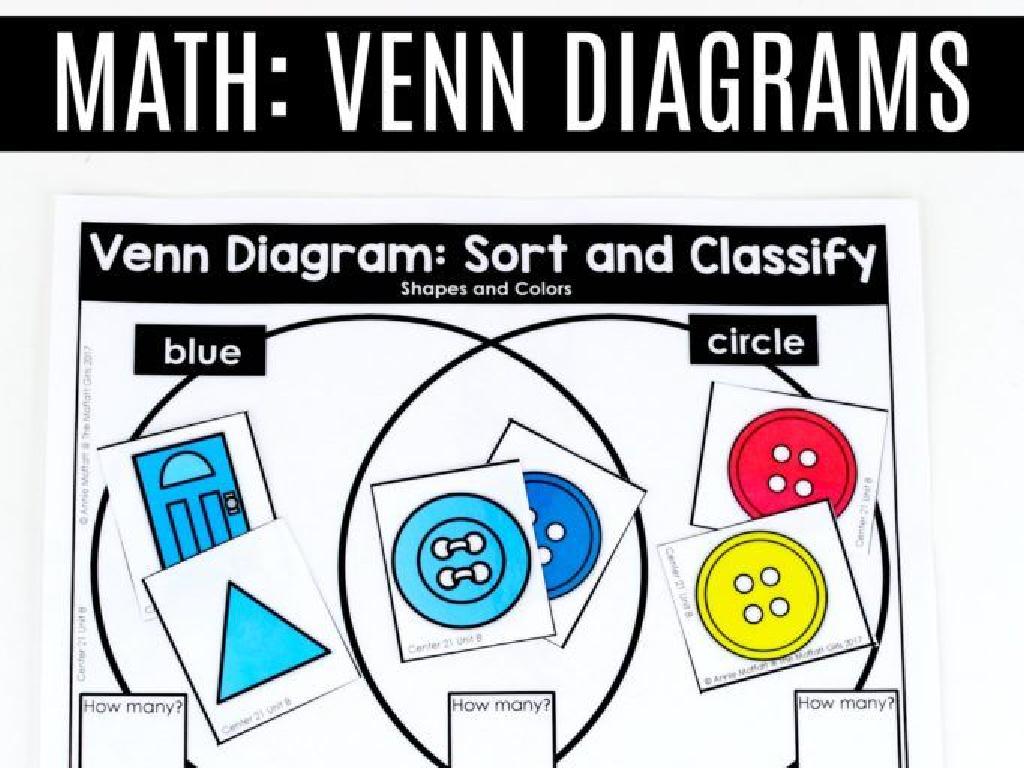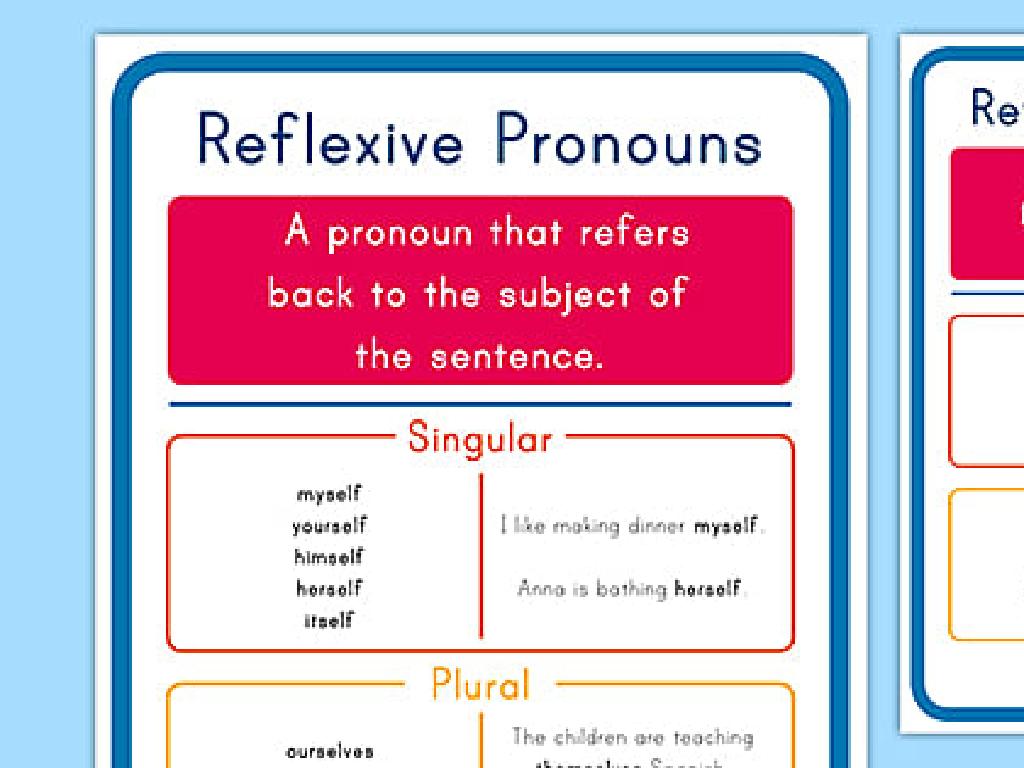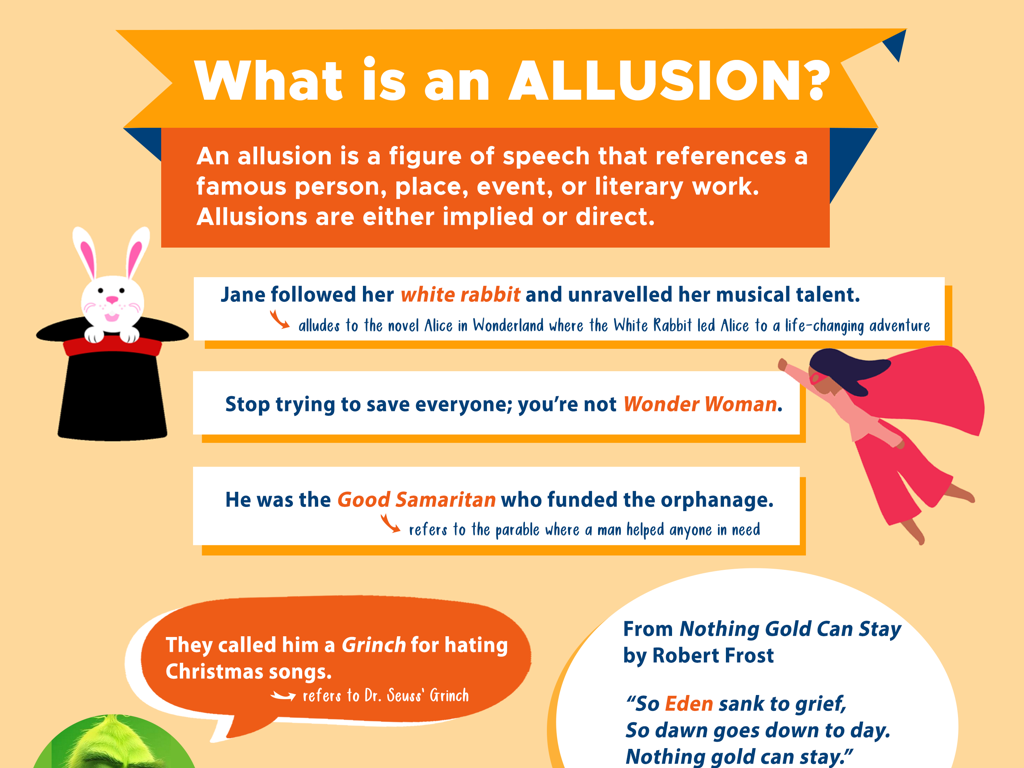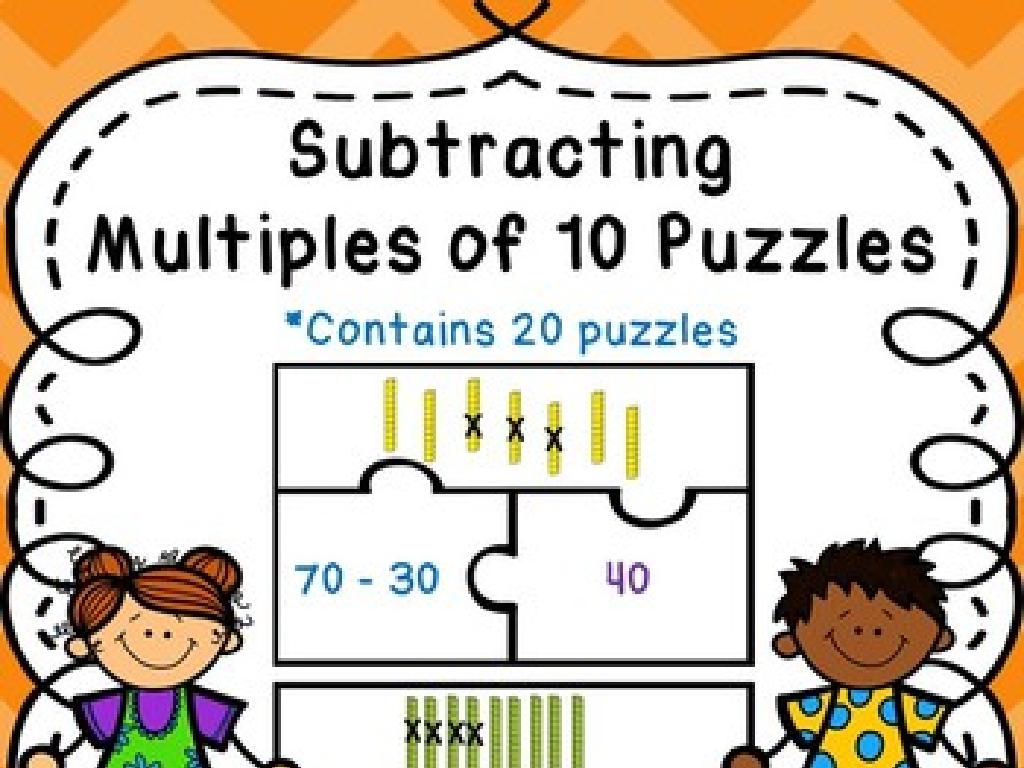Evaluate Newspaper Headlines For Bias
Subject: Language arts
Grade: Sixth grade
Topic: Research Skills
Please LOG IN to download the presentation. Access is available to registered users only.
View More Content
Evaluating Newspaper Headlines for Bias
– Power of headlines in news
– Headlines grab attention & set the tone for the story
– Defining bias in media
– Bias is a tendency to lean in a certain direction, often politically or ideologically
– Importance of evaluating headlines
– To recognize if the news is presented fairly or is swayed by opinions
– Critical thinking in reading news
|
This slide introduces students to the concept of bias in newspaper headlines and the importance of evaluating such headlines critically. Begin by discussing how headlines are designed to catch the reader’s attention and often convey the main message of the article. Explain what bias means, particularly in the context of media, and how it can influence the reader’s perception of the news. Emphasize the significance of being able to identify bias to understand the difference between fact-based reporting and opinion. Encourage students to think critically about the headlines they encounter in daily life and question the objectivity of the information presented. This will help them become more discerning readers and informed citizens.
Understanding Newspaper Headlines
– Define a newspaper headline
– A headline is a title or summary of a news article.
– Headlines’ role in news
– Headlines grab attention and summarize stories.
– Characteristics of effective headlines
– They should be clear, concise, and neutral.
– Analyzing headline examples
– We’ll look at headlines to spot bias and effectiveness.
|
This slide introduces students to the concept of newspaper headlines, their purpose, and their role in news reporting. Begin by defining a headline as the title or summary that captures the essence of a news article. Discuss how headlines are designed to grab the reader’s attention and give a quick insight into the story’s content. Emphasize the importance of headlines being clear, concise, and unbiased to effectively inform readers. Use real-world examples to illustrate these points. Encourage students to think critically about the headlines they encounter and to consider how word choice and phrasing can introduce bias. This will set the stage for further discussion on evaluating headlines for bias.
Identifying Bias in Headlines
– Recognize bias in news headlines
– Bias can be subtle or overt, influencing readers’ views
– Identify words that suggest bias
– Words like ‘claims,’ ‘allegedly,’ or emotionally charged language can indicate bias
– Compare neutral and biased headlines
– Look at different sources reporting the same story to spot bias
– Understand the impact of bias
– Biased headlines can shape public opinion and perception
|
This slide aims to teach students how to critically evaluate news headlines for bias. Start by explaining that bias is a tendency to lean in a certain direction, often politically or socially. It’s important for students to recognize biased language, which can be done by identifying words that may indicate a lack of neutrality or that carry a positive or negative connotation without evidence. Show examples of neutral versus biased headlines and discuss how they present the information differently. Emphasize the importance of being aware of bias in media, as it can influence public opinion and the way people perceive events. Encourage students to always seek multiple sources to get a well-rounded understanding of the news.
Evaluating Headlines for Bias
– Steps to assess headline bias
– Identify the source, check for sensationalism, and seek the main idea.
– Spotting loaded language
– Words with strong emotional implications can indicate bias.
– Impact of bias on readers
– Bias can shape our views and the way we interpret news.
– Critical thinking exercise
|
This slide aims to equip students with the skills to critically evaluate newspaper headlines for bias. Start by discussing the importance of recognizing bias in media. Teach students to look at the source of the headline, check for sensational or emotionally charged language, and to distill the main idea from the headline. Discuss how loaded language can influence readers’ emotions and perceptions. Explain that understanding bias helps readers to think critically about the information presented and to seek out multiple perspectives for a more balanced view. Encourage students to practice these skills by evaluating various headlines and discussing their findings.
Evaluating News Headlines for Bias
– Analyze headlines for bias
– Look for loaded or emotional language that may reveal bias.
– Compare headlines on the same story
– Notice how different newspapers report the same event differently.
– Group activity on identifying bias
– Work in groups to find bias in various headlines and discuss.
|
This slide is designed to engage students in critical thinking by analyzing real-world newspaper headlines for bias. Start by explaining what bias is and how it can appear in news media. Show students multiple headlines from different sources about the same event and discuss the differences in language and presentation. For the group activity, provide a selection of headlines and ask students to identify any biased language or framing. Encourage them to consider why a particular bias might exist and what impact it could have on the reader’s perception. This activity will help students understand the importance of evaluating sources and seeking out unbiased information.
Class Activity: Headline Analysis
– Break into small groups
– Analyze assigned headlines
– Look for words that seem to favor one side
– Discuss bias within your group
– Consider if the headline is neutral or leading
– Present findings to the class
|
This activity is designed to engage students in critical thinking by analyzing newspaper headlines for bias. Divide the class into small groups to foster teamwork and discussion. Each group will receive different headlines to ensure a wide range of analysis. Encourage students to look for loaded language, facts versus opinions, and any signs that the headline might be favoring one side of a story over another. After the analysis, each group will present their findings to the class, explaining their thought process and the clues that led them to their conclusions. This will help students understand the importance of unbiased reporting and develop their research skills. Possible activities for different groups could include comparing headlines from different news sources, identifying emotional language, or rewriting the headline without bias.
Conclusion: Evaluating Headlines for Bias
– Recap headline evaluation methods
– Review steps: source check, language, and fact comparison
– Discuss informed reading benefits
– Understanding bias helps discern truth and form own opinions
– Engage in Q&A session
– Time to ask questions and clarify doubts
|
As we wrap up our lesson on evaluating newspaper headlines for bias, it’s crucial to revisit the key methods we’ve learned. Remind students to check the source credibility, analyze the language for loaded words, and compare the information with other reports for a balanced view. Emphasize the importance of being informed readers in a world with abundant information and varying perspectives. This skill empowers them to discern the truth and form their own opinions based on facts. Conclude with an interactive Q&A session, allowing students to ask questions and engage in discussions, reinforcing their understanding of the topic. Provide guidance on how to approach biased information critically and the significance of doing so as part of their development into well-informed individuals.






